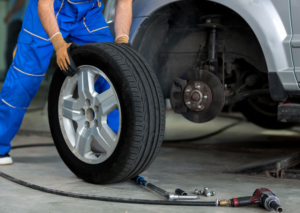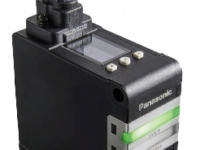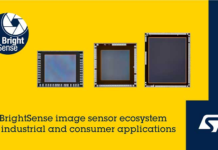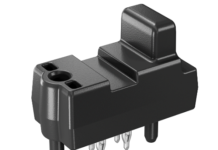
WASHINGTON: Scientists have developed an inexpensive printed sensor that can monitor car tyres in real time, warning drivers when the rubber has grown dangerously thin and needs to be changed.
The device will increase safety, improve vehicle performance and reduce fuel consumption.
Researchers at Duke University in the US built the sensor using metallic carbon nanotubes – tiny cylinders of carbon atoms just one-billionth of a meter in diameter – that can track millimetre-scale changes in tread depth with 99 per cent accuracy.
“With all of the technology and sensors that are in today’s cars, it’s kind of crazy to think that there’s almost no data being gathered from the only part of the vehicle that is actually touching the road,” said Aaron Franklin, associate professor at Duke.
The technology relies on the well-understood mechanics of how electric fields interact with metallic conductors. The core of the sensor is formed by placing two small, electrically conductive electrodes very close to each other.
By applying an electrical voltage to one and grounding the other, an electric field forms between the electrodes.
The technology could easily tell drivers when it is time to buy a new set of tyres or give information about uneven and often dangerous tyre wear by connecting many sensors in a grid to cover the width of the tyre.
While the sensor could be made from a variety of materials and methods, the researchers optimised performance by exploring different variables from sensor size and structure to substrate and ink materials.
The best results were obtained by printing electrodes made of metallic carbon nanotubes on a flexible polyimide film.
Besides providing the best results, the metallic carbon nanotubes are durable enough to survive the harsh environment inside a tyre.
The sensors can be printed on most anything using an aerosol jet printer – even on the inside of the tyres themselves.
While it is not yet certain that direct printing will be the best manufacturing approach, whatever approach is ultimately used, Franklin said the sensors should cost far less than a penny apiece once they’re being made in quantity.
The group also wants to explore other automotive applications for the printed sensors, such as keeping tabs on the thickness of brake pads or the air pressure within tires.
Source: The Economic Times


















